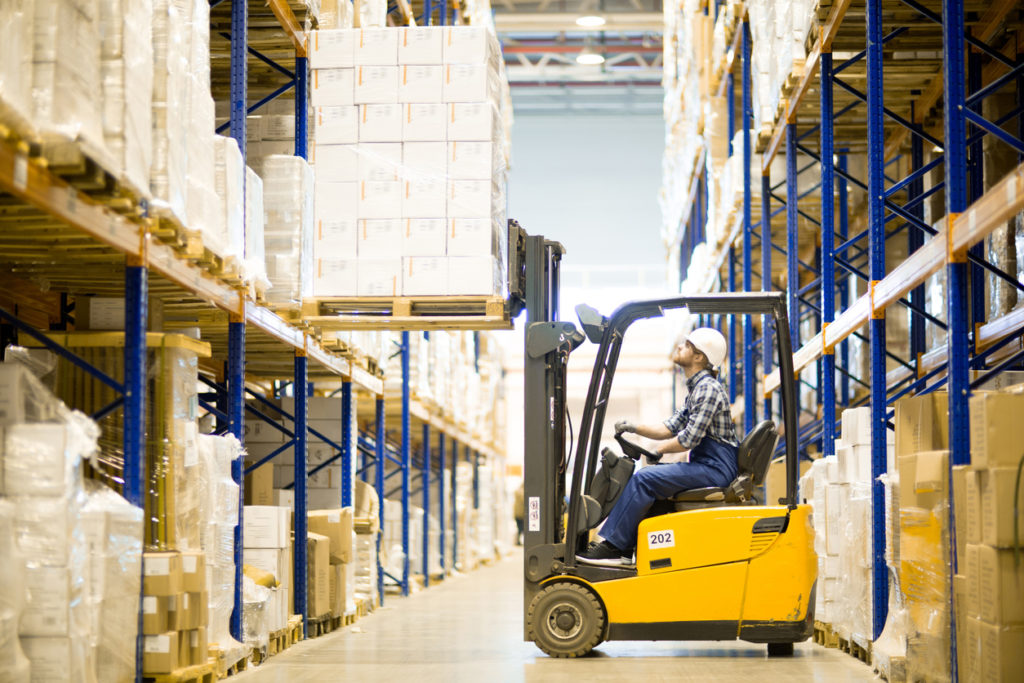A Forklift-Related Death in San Antonio, Texas, Highlights Danger-Pt2

Serious injury data from the U.S. Department of Labor’s Occupational Safety and Health Administration (OSHA) shows that work environments such as warehouses rank in the top 3 for serious injuries and death caused by collisions with pedestrian workers. In addition, it shows that forklifts are the leading cause of serious injuries. This is in connection with the freight logistics industry in which confined spaces together with close machine-to-pedestrian proximity result in workplace injuries. This is an environment at Walmart and in fellow big-box stores Lowe’s, Home Depot, and Amazon, none of which are likely participants in workers’ comp in Texas.
The following are among the safety solutions available in the market.
Tag-Based
The electronic tag enables reliable detection. So, why isn’t this widely used as a solution for forklift accidents in the workplace? An explanation is that tags are difficult to manage and implement. 360-degree proximity detection could cause numerous irrelevant alerts which would result in operator disengagement. In addition, tag-based detection is expensive.
Radar
Radar systems are able to detect anything and can be useful to protect property. However, they cannot differentiate between people and objects. Therefore, they are not effective as tools to promote pedestrian safety. This potential solution is also expensive and results in many irrelevant alerts.
Human Form Detection
AI cameras do not require people to wear tags in order to be detected. However, this type of device struggles to detect reliably in such real-world conditions as glare, low light, condensation, rain, dust, and dirt. Human form detection systems are also very expensive.
See Part 1 and this ongoing series.
Suggesting that organizations or people are participants in misdeeds is not an intention on this website. Each post on this site is meant as a potential help to hurt-at-work employees and the families of workers killed on the job when the employer has not opted for workers’ comp participation.
–Guest Contributor
